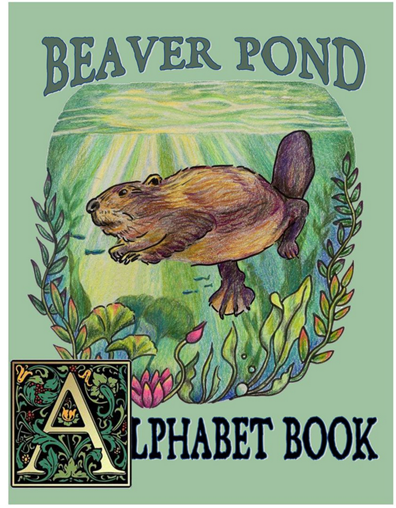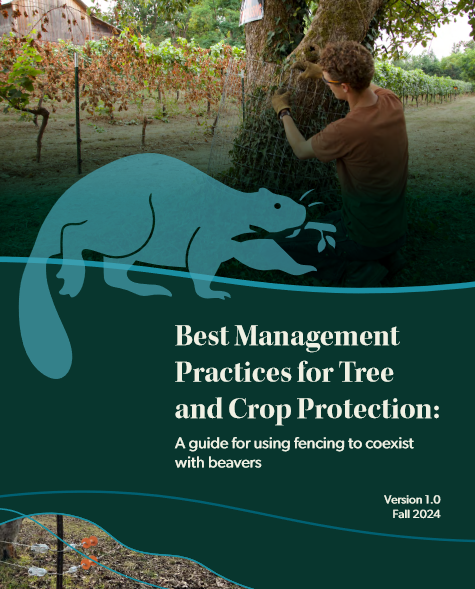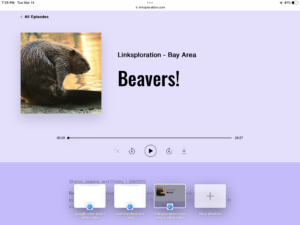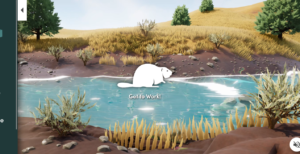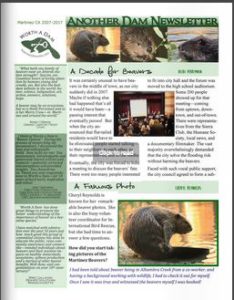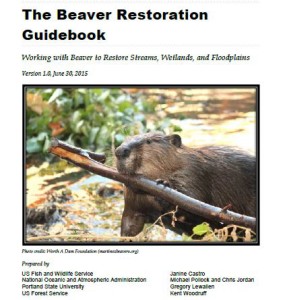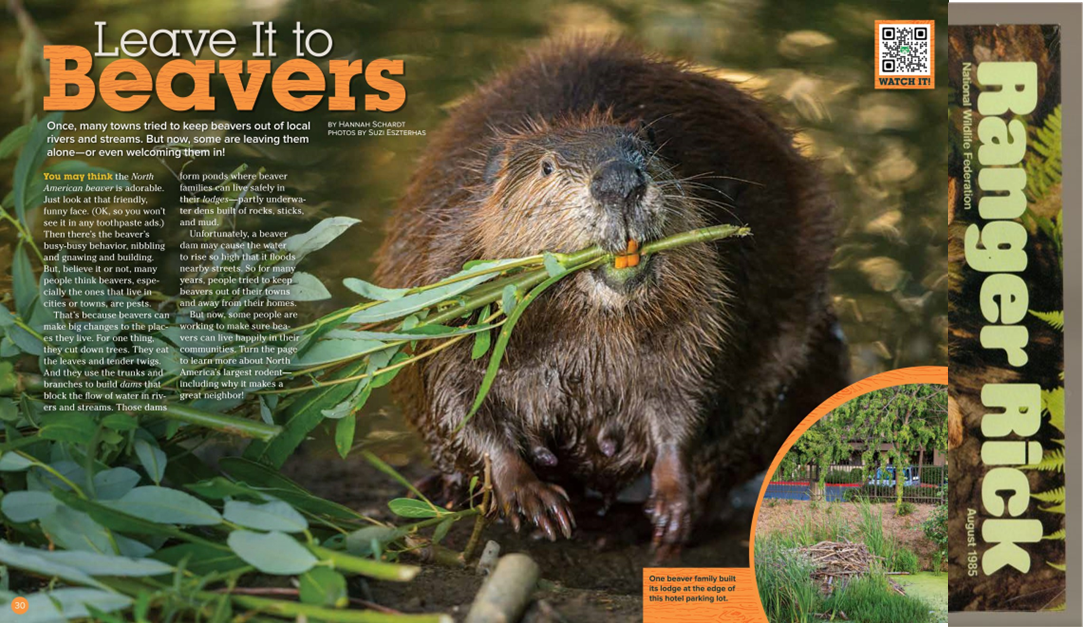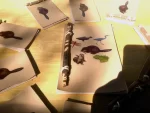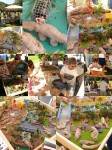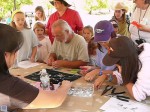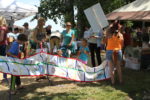I thought this article deserved some seasonal celebration and this endeared itself to me. Especially the twirling little girl in red on the left who is certain it’s a ballet she’s been asked to conform. Ahh youth! Now read that upcoming headline and just SEE if this doesn’t make you want to add a little pirouette of your own!
Leaving it to beavers: Communities make room for natural engineers
 Once valued as little more than pelts, beavers are back in vogue and rebuilding their reputation as habitat engineers.
Once valued as little more than pelts, beavers are back in vogue and rebuilding their reputation as habitat engineers.
It helps their cause that the dams they build as homes also create water quality-boosting wetlands and habitat for other species. In the process, the structures slow the flow of water and filter out sediment that would otherwise be on its way to the Chesapeake Bay.
John Griffin, director of urban wildlife programs at the U.S. Humane Society, said beavers are often embroiled in conflicts when their dams result in flooding or other impacts to the developments around them.
“When people are living in an urban area, they think that animals belong in a natural habitat — not here,” he said. “We’re not thinking about there being a functioning ecosystem here.”
said. “We’re not thinking about there being a functioning ecosystem here.”
The problems arise when both humans and beavers build their homes around natural water features, and each has impacts on the other. But, Griffin said, there are solutions that allow both to be good neighbors.
Residents can use tree guards to protect their expensive ornamentals from beavers’ teeth. Rather than destroying dams or trapping beavers, they can mitigate the impact of rising water tables with devices like the “beaver deceiver,” which uses pipes to channel water through the dam while giving the beaver the feeling of damming the stream.
Beavers and their dams also bring new habitats to urban and suburban environments, creating the wetlands known to be key to several species’ survival. Griffin said more people are warming to the idea that a beaver can bring benefits to the neighborhood.
Urban parks can be a great place for beavers to redefine the landscape, as they have at Bladensburg Waterfront Park along the District of Columbia’s stretch of the Anacostia River. Jorge Bogantes Montero, stewardship program specialist in natural resources for the Anacostia Watershed Society, said three beaver dams constructed in one stretch of the park demonstrate their ability to attract wildlife and clean the water even in the middle of the city.
Nice.
I always believed the day would come when I would read an entire article that said exactly what I would have said if I had written it, but I in fact didn’t write it and knew nothing at all about it – from the other half of the country. I believed the day would come, but I didn’t know for sure, because you never, ever know how these things will turn out. I worked so hard I had wanted to show you what I’ve written so far for the urban beaver chapter, but if you read this article very closely you will get the idea.
Just remember that before Martinez took the plunge in 2007 the phrase ‘Urban Beavers’ was on no one’s lips. And now its popping up on East Coast articles where beaver phobia is usually rampant. I’m so proud of us. We all deserve this to get us ready for what’s to come.
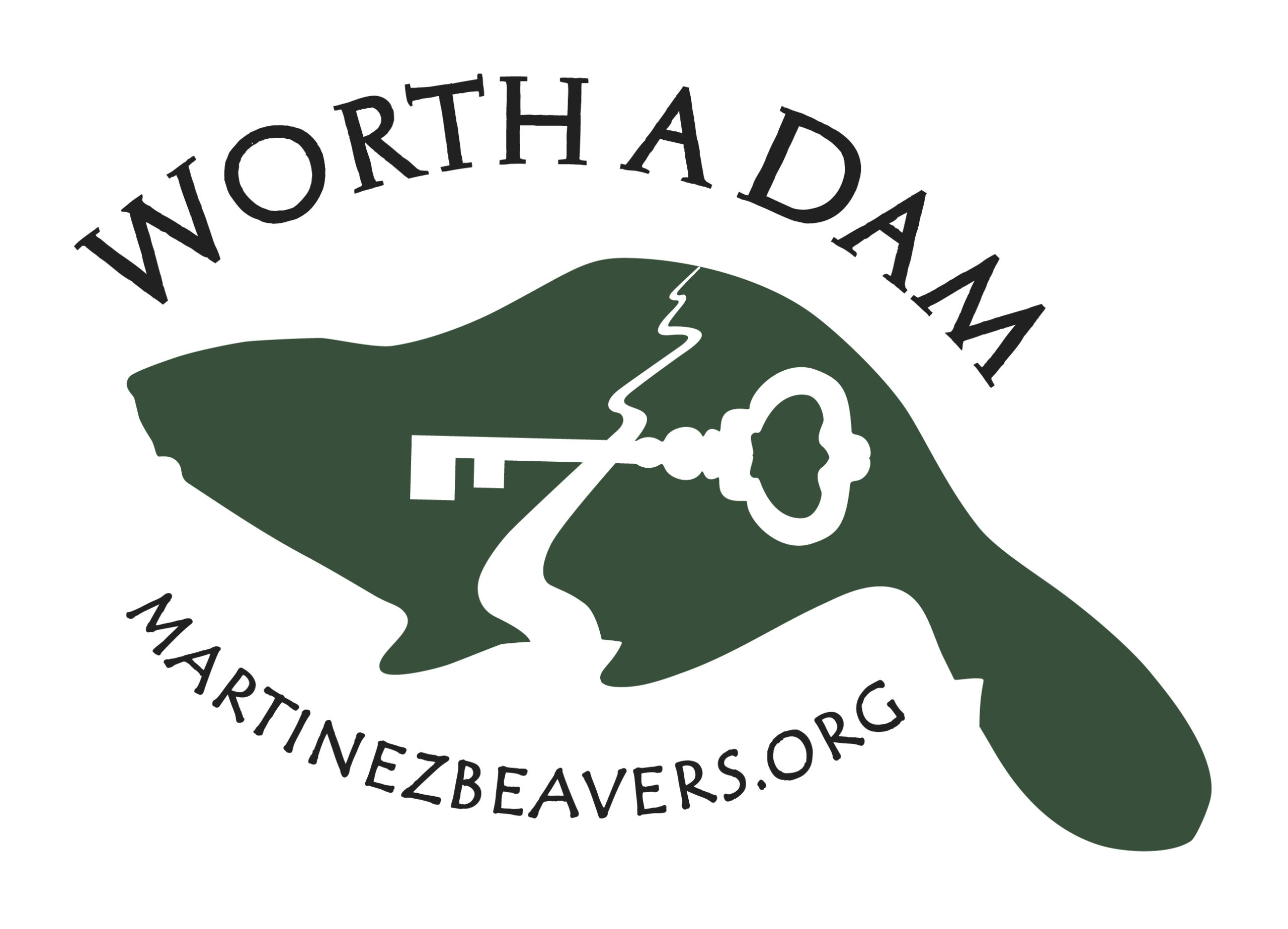




 “Historically, there has been a very long lag time between basic research and implementation into management practice and we can no longer afford to do it that way,” Whitham said. “With the rates of climate change, there needs to be a seamless integration between the scientific findings and land management applications.”
“Historically, there has been a very long lag time between basic research and implementation into management practice and we can no longer afford to do it that way,” Whitham said. “With the rates of climate change, there needs to be a seamless integration between the scientific findings and land management applications.” This practice has already been achieved in agriculture, where a similar approach has changed management practices with soil scientists, plant geneticists and climatologists working together to increase crop production. Whitham said it makes sense to apply similar principals to wildlands, but with different goals of maintaining healthy ecosystems and high biodiversity.
This practice has already been achieved in agriculture, where a similar approach has changed management practices with soil scientists, plant geneticists and climatologists working together to increase crop production. Whitham said it makes sense to apply similar principals to wildlands, but with different goals of maintaining healthy ecosystems and high biodiversity.



 Nicely done, Louise. There are grand videos on the article too, as well as a link to Maria Finn’s California beaver article, so
Nicely done, Louise. There are grand videos on the article too, as well as a link to Maria Finn’s California beaver article, so 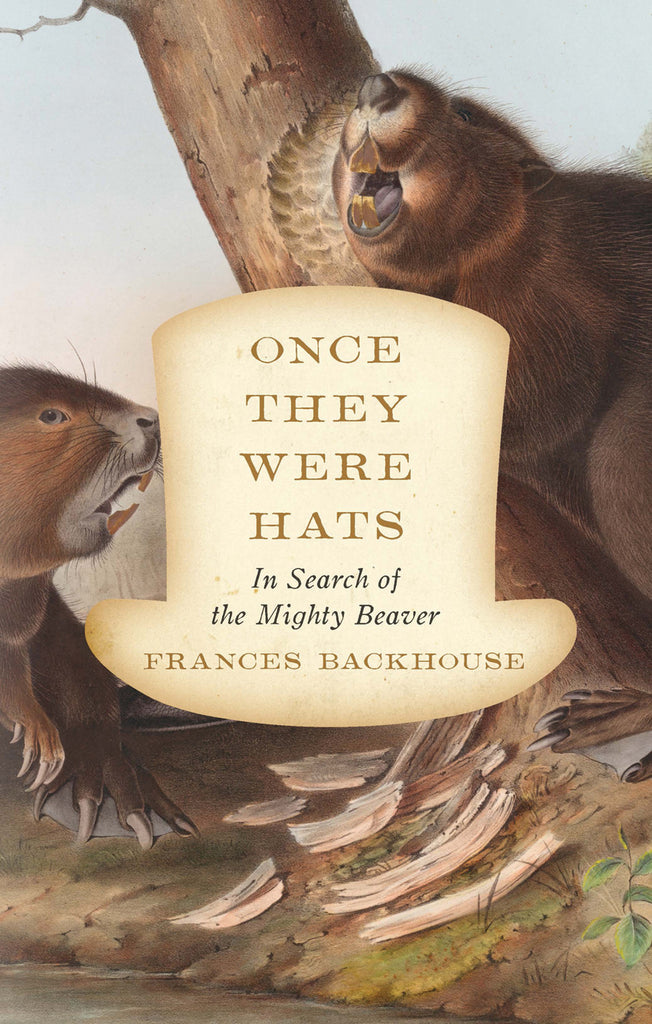 Looks like
Looks like  Hot dam! Beavers — extremely weird, and essential to who we are
Hot dam! Beavers — extremely weird, and essential to who we are


